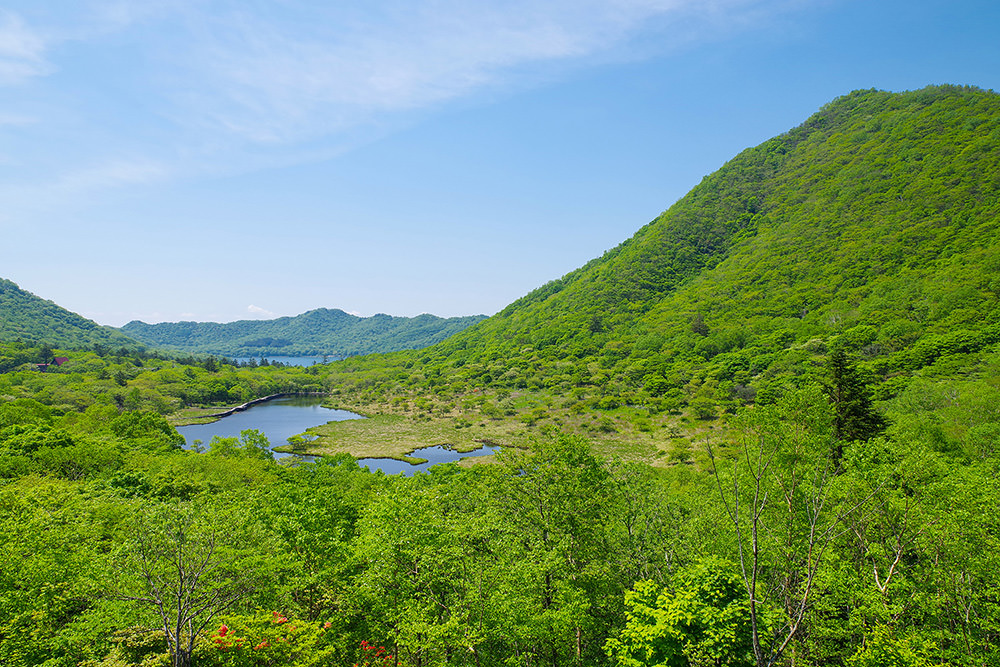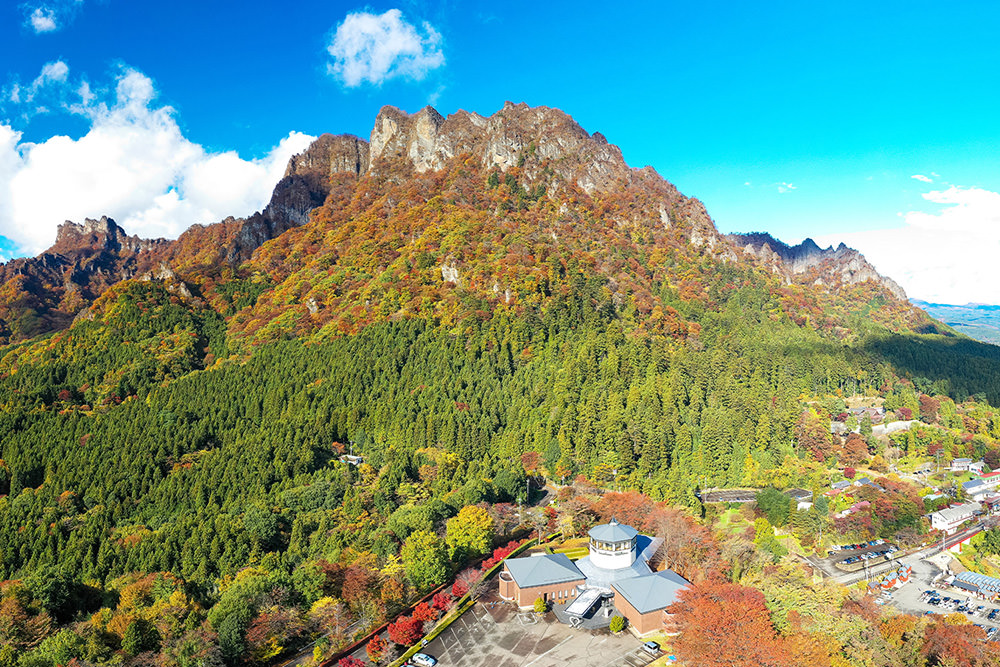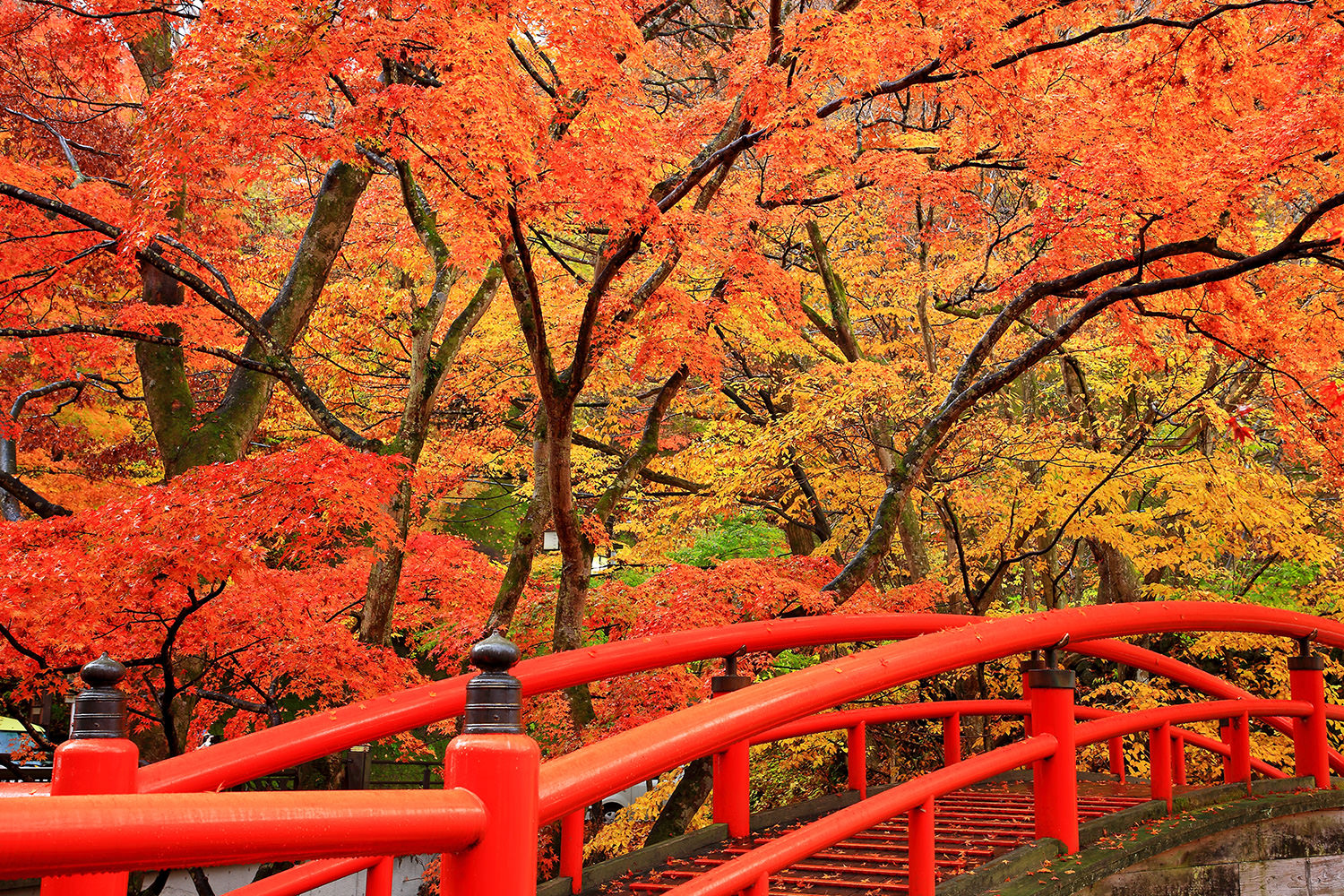STORY
Gunma’s Top Five Hikes
Capture the essence of the great outdoors

Last updated: February 18, 2025
Hiking in Gunma means exploring beautiful natural landscapes on some of Japan’s best mountain trails. Many of the prefecture’s mountains are located in national parks, and their peaks offer spectacular views—including of the Japanese Alps and even Mt. Fuji.
And Gunma’s ubiquitous onsen mean there is an hot spring bath in the foothills to relax in after a day outdoors.
There are hiking opportunities for all levels and tastes, from family-friendly walks and moderate hikes to strenuous treks and challenging climbs. Here are Gunma’s top five.






























